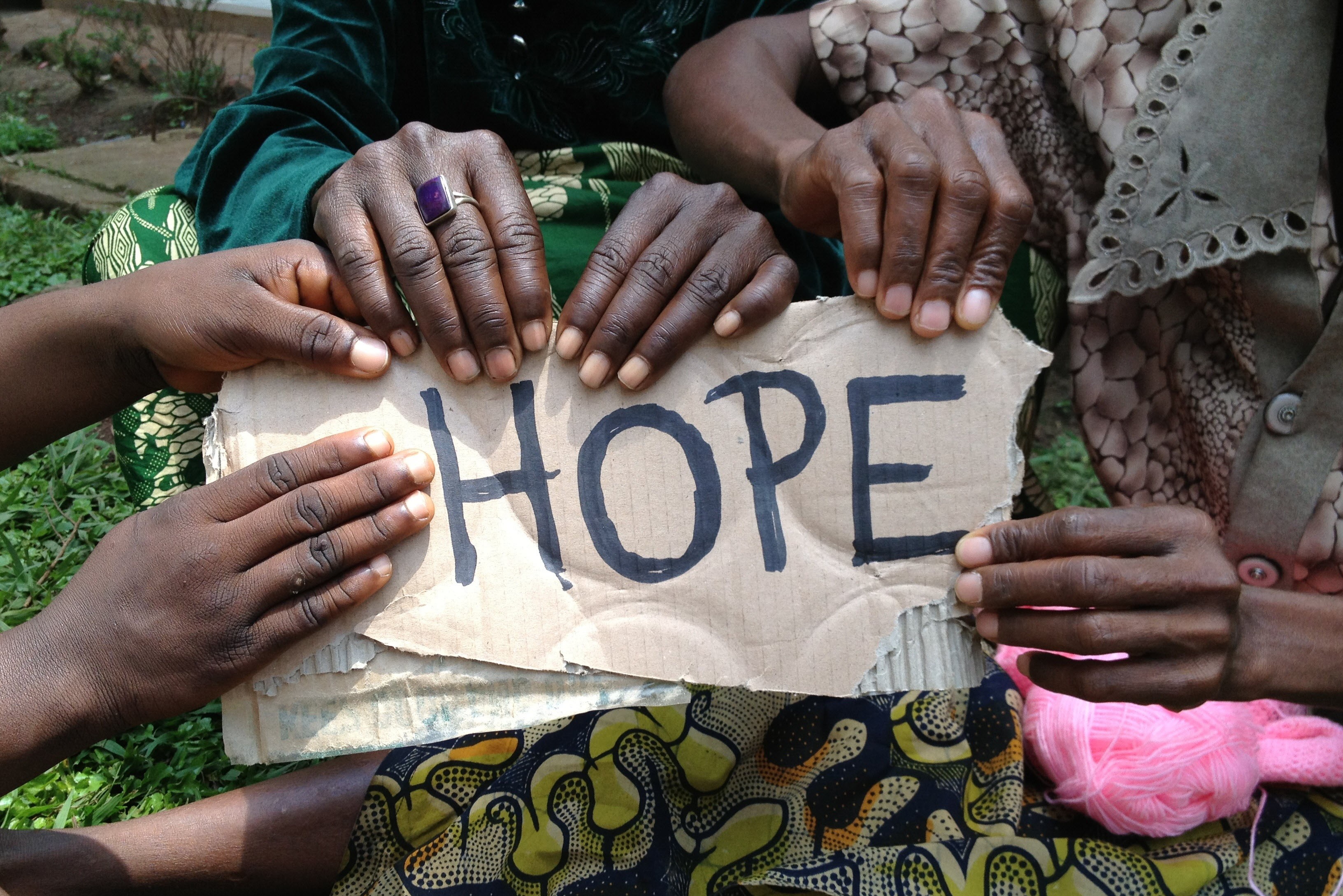Shaping the future: Our strategy for research and innovation in humanitarian response.

Shaping the future: Our strategy for research and innovation in humanitarian response.


Violence against women and girls is a problem of pandemic proportions. At least one in three women worldwide has been beaten, coerced into sex, or otherwise abused in her lifetime – and the abuser is usually someone she knows. The 25 November marks International Day for the Elimination of Violence against Women. It’s a time to galvanise action to end violence against women and girls around the world and to support the people and organisations who are working towards such change.
Violence against women and girls*, or gender-based violence (GBV), is not confined to any particular political or economic system, but is prevalent in every society in the world. It cuts across boundaries of wealth, race and culture. Although it’s an issue affecting people worldwide, women and girls in humanitarian crises are particularly vulnerable, highlighted by the UN Declaration on the Elimination of Violence Against Women:
“women belonging to minority groups, indigenous women, refugee women, migrant women, women living in rural or remote communities, destitute women, women in institutions or in detention, female children, women with disabilities, elderly women and women in situations of armed conflict, are especially vulnerable to violence”
To save lives, humanitarian organisations need to understand, prevent and respond to gender based violence in crises.
Many actors around the world, ranging from individuals to global networks, work to improve gender inequality and to protect vulnerable women and girls from violence amidst humanitarian crises.
At a global level, the Gender Based Violence Area of Responsibility (GBV AoR) works to coordinate worldwide efforts on GBV response and prevention and its recognition as a lifesaving intervention. Other initiatives such as the Call to Action encourages States, NGO’s and donors to take action to address gender-based violence by “making a pledge”. This may involve committing funding to GBV or adopting and implementing policies to strengthen gender equality or prevent and respond to GBV.
We at the HIF, believe innovation has an important part to play in addressing the enormous and complex issues around violence against women and girls. There is a need for new and better solutions and these solutions need to be scaled to achieve maximum impact.
Our work on innovation in humanitarian gender-based violence supports innovators to help the global efforts on tackling GBV. One of the challenges we’ve identified – through our gap analysis report published last year – is that it is very difficult to monitor GBV interventions in humanitarian crises and to evaluate whether or not they are working. Are these interventions actually improving the lives of crisis affected women and girls? Given that it’s so difficult to gather evidence on how to best prevent and respond to gender-based violence, we created a funding call on monitoring and evaluation in GBV.
We are currently funding three promising innovations as a result of this call, whose aim is to improve Monitoring and Evaluation in GBV. By developing better ways of gathering data and helping to measure the impact of GBV interventions, these innovations aim to enhance the effectiveness of GBV programmes and improve the lives of women and girls.
Although much will need to be done worldwide to make significant progress against the challenge of GBV, innovators can at least help bring us closer to the day when Violence Against Women and Girls may actually come to an end. Until then, we recognise and fully endorse the 25 November call for action to eliminate violence against women and girls.
Author: Nora Oleskog, Innovation Management Adviser at the Humanitarian Innovation Fund, who leads on the Gender-based Violence
FAST FACTS
|
*Most often, but not always, gender based violence is violence conducted by men targeted towards women and girls.

 Please upgrade your browser
Please upgrade your browser
You are seeing this because you are using a browser that is not supported. The Elrha website is built using modern technology and standards. We recommend upgrading your browser with one of the following to properly view our website:
Windows MacPlease note that this is not an exhaustive list of browsers. We also do not intend to recommend a particular manufacturer's browser over another's; only to suggest upgrading to a browser version that is compliant with current standards to give you the best and most secure browsing experience.